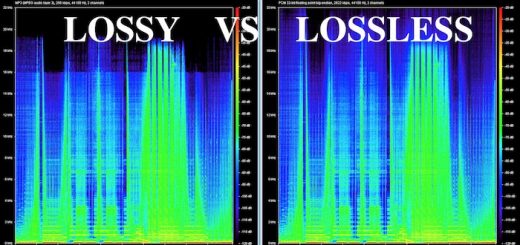There are a large number of cryptocurrency bridges, and each of them specializes in its own blockchains and cryptocurrency pairs.
If you need an exchange from one particular blockchain to another, then with DeCommas you can easily find the option you need.

How to Use the Bridge?
Once you have selected a bridge, you can click ‘Overview’ to view detailed information about it. For example, pay attention to:
# The number of funds blocked (TVL);
# Supported tokens and networks;
# Audits and bridge limits;
# Social networks.
Finally, you can go to the bridge website and start using it.
Let us look at how to use cryptocurrency bridges. The interfaces and principles of operation of bridges are approximately the same:
1. Getting to the bridge site, you need to select a wallet network, connect it, and select a pair of assets and blockchains for exchange.
2. After that, you will need to confirm the transaction in your wallet and wait for the funds to be credited.
Please note that for this exchange, one wallet is indicated (sending and receiving), since the network data in one wallet have the same addresses. However, if you want to change, say, Ethereum to Solana, you will need to manually specify the receiving wallet to Solana.
Usually, the bridge itself will offer you such an option, for example, in case of incompatibility of blockchains by wallet addresses.
The larger the bridge in terms of the value of blocked funds, the more popular and liquid it is in terms of exchange. On such bridges, there are more pairs for exchange, and more liquidity itself, thanks to which you can exchange a large amount of funds.
In summary, cryptocurrency bridges are unique services that are the communication lines of the entire blockchain. They help connect networks that are so different in functionality and structure and give people the opportunity to work with any blockchains, regardless of their compatibility.




